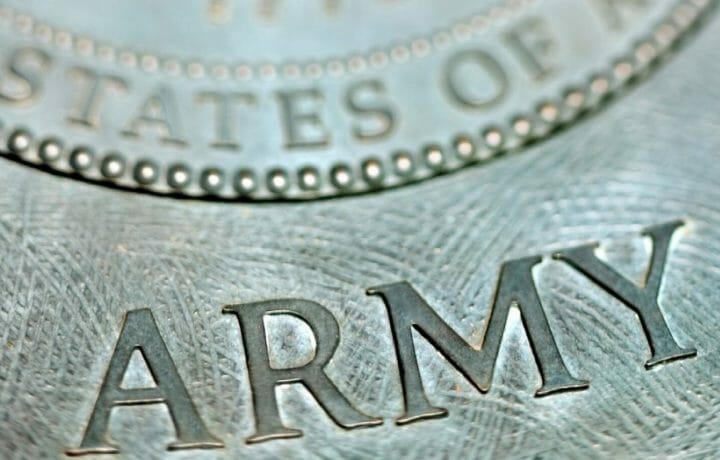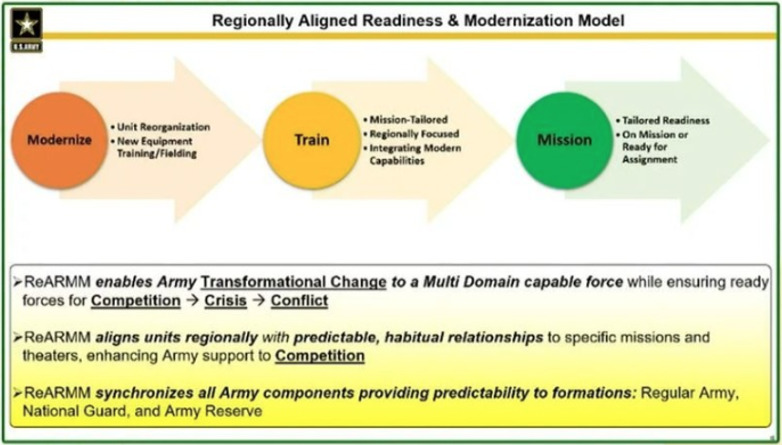The National Guard is a different type of militia force in that it can be mobilized by a State’s Governor or the President of the United States. But because of this “dual mission” capability, these part-time National Guard soldiers and airmen that are supposed to drill “one weekend a month and two weeks on Annual Training” per year are seeing more and more mobilizations, both at the State and Federal level. Because of the number of missions the last couple of years, the OPTEMPO of National Guard units is higher than normal.
OPTEMPO
One term that defines the frequency of call-ups and mobilizations is a term called OPTEMPO. For those that may not be familiar with the term it is “an Army program that provides the critical resources required by MTOE units to conduct and support full-spectrum operations training, maintaining unit equipment and sustain day-to-day operations”. The key here is “an Army program”.
In most cases, the Army only responds to missions that support the National Defense Strategy of which most are overseas. Rarely are they called up for missions within the borders of the United States.
For missions within our nation’s borders, the State’s governor can activate the Guard for missions within their state or the President of the United States can federalize the Guard for mission at the national level.
As far as the Guard’s OPTEMPO, the issue is that for the last two years, the missions supporting the Army have been high – higher in fact than when we were supporting a war on two fronts – both Iraq and Afghanistan – as well as a high number of State missions, so the combination of the two has driven the OPTEMPO for the Guard to a level not previously seen before.
ARFORGEN
To better adapt to the OPTEMPO for the Total Army (Regular Army, National Guard and Army Reserve), the Army created a program called ARFORGEN (Army Force Generation) in 2006. Originally, the ARFORGEN model was designed to add some predictability to units within the Total Army, including the Reserve Components, by deploying them one year out of every six. But after a year, the model had adjusted to one year in five and continued to decline to around one year out of every 3.58 years towards the end of the program.
ReARMM
In October 2021, the Army adopted the model called ReARMM or Regionally Aligned Readiness and Modernization Model. “ReARMM will facilitate consistent, manageable OPTEMPO, increased predictability for training and force employment, and prioritization of modernization model. The Army predicted its new program would be fully operational by January 2023 … barring any unforeseen issues.
But again, this model is designed for the Total Army and does not take into consideration the State missions also supported by the Guard … in addition to the Army missions they are tasked to support.
Chart courtesy of the U.S. Army
It is not easy on the solders and airmen themselves, and especially hard on their families, for the head of the family to put their education, career or business on hold and leave for as long as up to one year in support of Army missions, but also hard to add extra time away from everything to support the usual shorter state missions that come up unexpectedly.
In the last two years, the National Guard responded to wildfires, floods, tornadoes, the Capital riot and the pandemic just to name a few. And because they are not planned events, they are hard to plan for at the family level. They pack up and go not knowing how long they will be gone.
And because of the increased use of the National Guard’s equipment, it increases the wear and tear on it and requires more time to maintain it to keep it ready for the next mission that may come up at any time.
But like always, even when faced with an increase in OPTEMPO, the men and women of the National Guard will keep marching on and continue to support the needs of their States and Federal government when asked.





